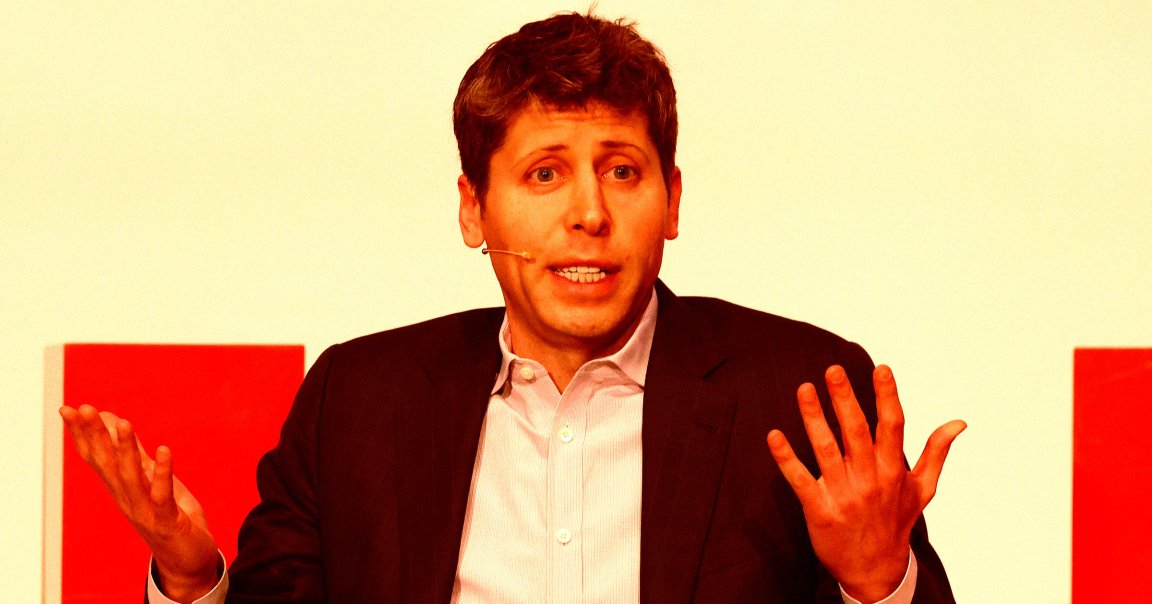
Earlier this month, data analyzed by Deutsche Bank showed that OpenAI’s ChatGPT revenue was starting to plateau in Europe, suggesting that enthusiasm for the AI chatbot app to beat may be waning.
That’s despite the industry’s sky-high promises of delivering a technological revolution, as astronomical amounts of money continue to be poured into building out AI infrastructure.
Now it appears that a similar story may be playing out elsewhere in the world as well. As TechCrunch reports, third-party app intelligence firm Apptopia found that ChatGPT’s mobile app usage appears to have stopped around the beginning of September — and has actually started to decline since then.
Despite only being two-thirds into October, Apptopia warns that ChatGPT global downloads are down over eight percent month-over-month. Even more ominously for OpenAI, data shows that ChatGPT users in the US are spending less and less time with the app, with average time spent per daily active user dropping 22.5 percent since July.
Apptopia suggests that it’s not simply a matter of people becoming more efficient with their ChatGPT prompts, since both average time spent and the average number of sessions are declining.
It’s far from a death knell for the Sam Altman-led company — millions of people are still downloading the app each day. The data is also limited to mobile data and doesn’t include desktop users.
However, it does suggest that OpenAI’s narrative of explosive growth is fading. Growing concerns over an AI bubble have stoked fear into investors as of late, with even industry insiders warning that large language models like ChatGPT may turn out to be a dead end.
Simultaneously, widespread disillusionment with the tech, particularly concerning hallucinations, is becoming more apparent by the week.
The company’s latest GPT-5 model has also failed to impress, with a recent study finding that it’s actually worse than its predecessor GPT-4o when it comes to ensuring AI safety. The model’s rollout quickly turned messy in August and was met with a major user revolt.
As OpenAI continues to search for alternative sources of revenue, from ads to monetizing its text-to-video generator app Sora, ChatGPT remains the firm’s most important lifeline.
As the Financial Times reported earlier this month, paying ChatGPT subscribers represent roughly 70 percent of its annual recurring revenue.
While Altman boasted that 800 million people are using the app, only five percent are willing to pay for a subscription, indicating it’s struggling to convince the vast majority of users that it’s worth $20 per month.
Besides growing disillusionment, users may also be flocking to OpenAI’s ever-present competition, such as Google’s Gemini.
In short, OpenAI will have to find new ways to attract users — and convince them to pay for a subscription. It’s clearly desperate: the company recently announced it will allow for “mature” ChatGPT apps.
More on ChatGPT: If You Were Bankrolling OpenAI, the Percent of ChatGPT Users Willing to Pay for It Might Make You Break Out in a Cold Sweat